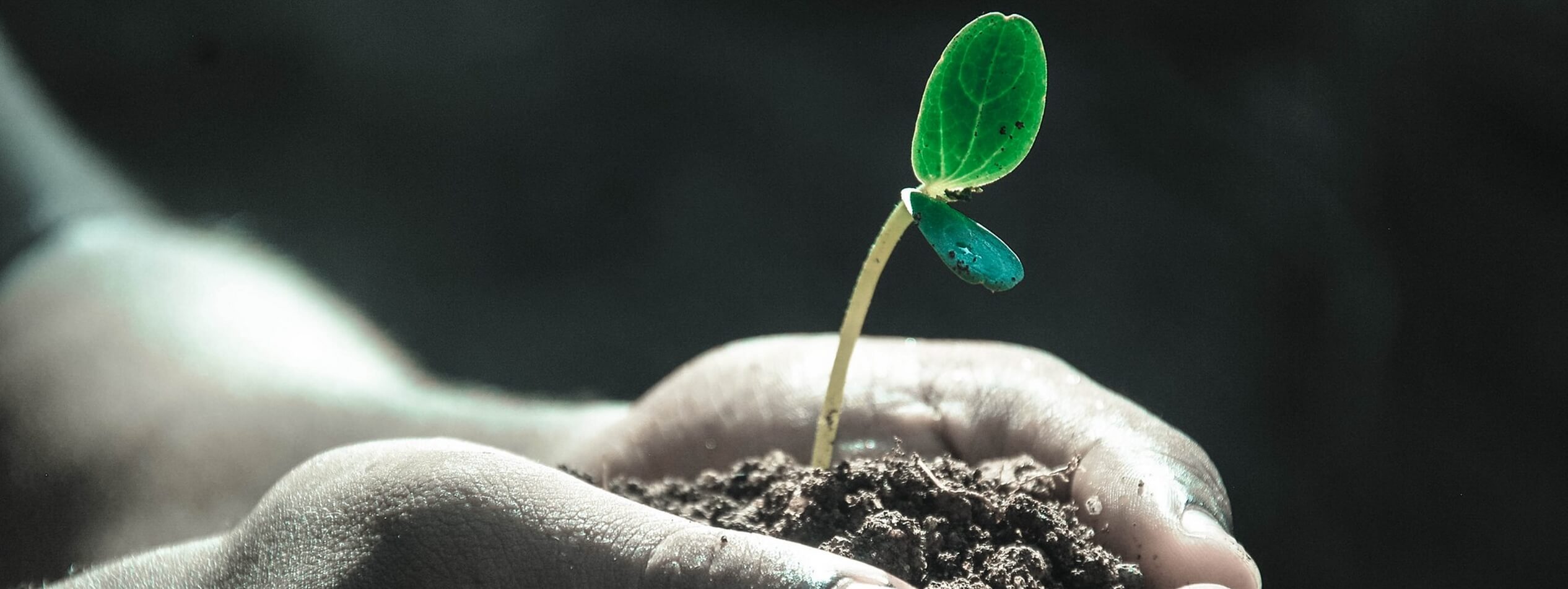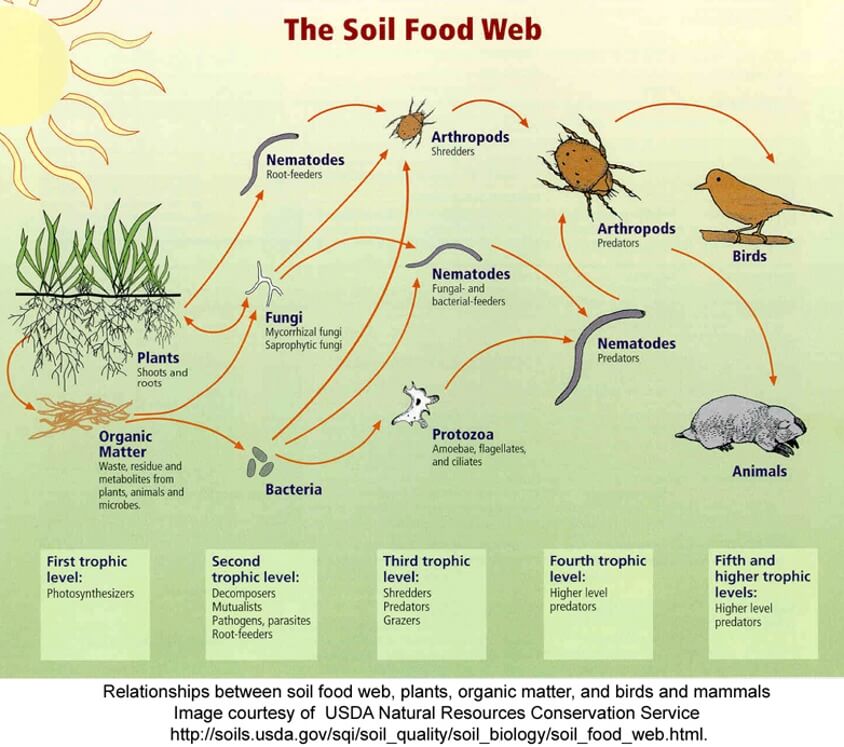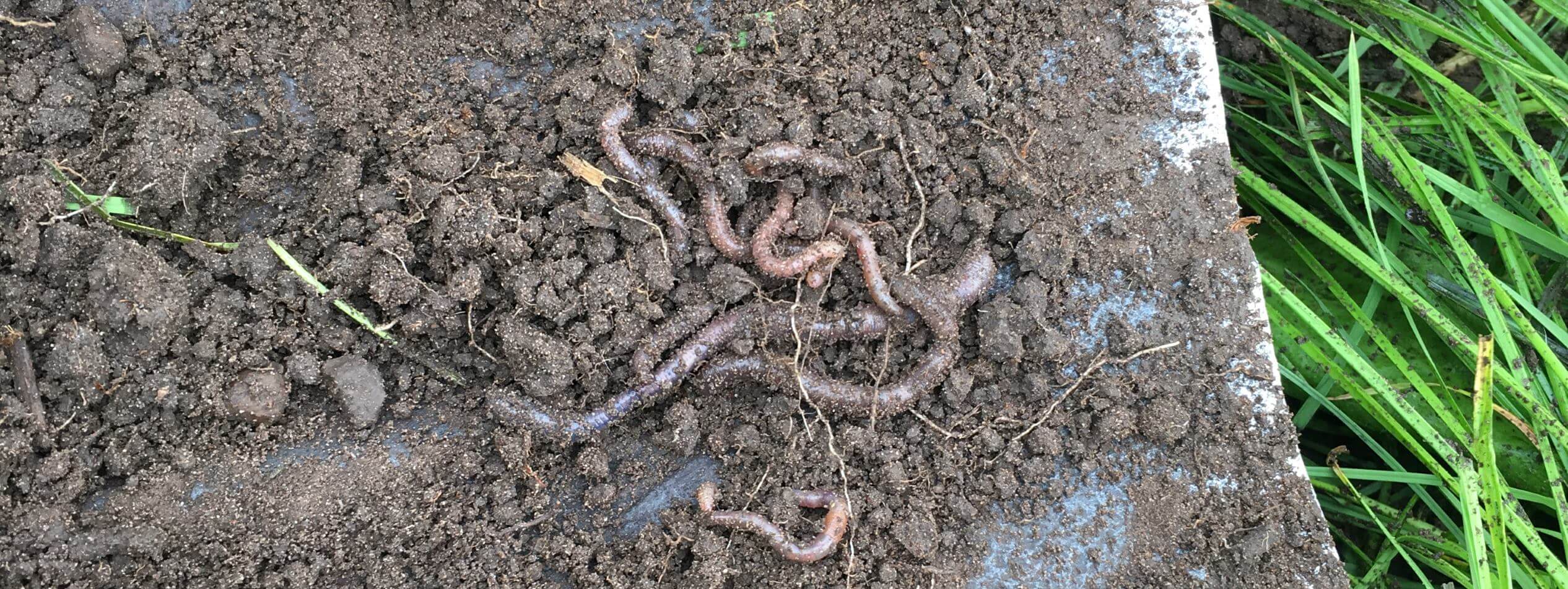I have become fascinated with the word thrive. Thrive is a verb which is defined as: (of a child, animal, or plant) grow or develop well or vigorously. I think I am drawn to it because it speaks of more than just surviving. I feel like a lot of what we are trying to achieve is just making it from one challenge to the next. What if we could thrive?
Before I become to philosophical, let us apply this concept to the soil. What if we could build healthy, thriving soil ecosystems? Soil which allows plants to grow well, without excessive and expensive inputs.
How we think about soil
I find one of the biggest challenges with farmers is actually convincing them to stop doing something. I find it easy to show farmers where there is a deficient nutrient in the soil and convince them to address that. For example, apply lime because there is a calcium deficiency. This is a very linear concept and makes sense.
Trying to convince farmers to stop doing something they believe is helping, but is negatively impacting on the health of the soil, is a lot more challenging. For example, lots of fertiliser appears to help pasture growth, but is really harming the soil life.
We need to start thinking about soil differently. It is not just a medium in which to add fertiliser and seeds to grow plants. Soils are complex, intricate ecosystems, when we allow them to be. The problem is that we have caused them to stop being so, creating dead soils, with no balance of life. We have rather only focused on attempting to create a balance of fertility. A soil with a balanced life will have organisms from all the trophic levels present, and have them in balance.
Soil ecosystems
The change from using soil as a dead, plant-growing medium, to a thriving ecosystem, requires insight into how ecosystems operate. Soil ecosystems operate on three broad processes. 1) The flow of energy, 2) cycling of nutrients, and 3) general ecosystems principles and relationships. Farmers who can facilitate these processes will be on their way to building a thriving soil ecosystem.
The flow of energy
Energy enters the soil ecosystem through one main channel – photosynthesis. This energy (carbohydrates) created by photosynthesis is what sustains the soil ecosystems. It ensures that the other two processes occur. Without sufficient food, no ecosystem can survive, let alone thrive. Enough energy therefore needs to be generated by photosynthesis to feed the whole ecosystem.
Cycling of nutrients
This speaks directly to the benefit of a thriving soil ecosystem. In a healthy soil, nutrients are moved from the soil to plants by soil organisms. These organisms decompose any organic material that enters the soil. Most of this organic material originates from plants. The decomposition process makes nutrients available to each other, and to plants. Nature’s way of fertilising the soil.
The over application of fertiliser has disrupted this process in agricultural soils. Excessive nutrients are added to the soil, making the natural process of nutrient cycling unnecessary. Without any role to play, the organisms which cycle nutrients slowly disappear from the soil. What we end up with is a soil dominated by organisms, especially bacteria, which use nutrients,. What we want is a balance of organisms which cycle nutrients.
Turning this situation around requires time, and good management. Much like Rome, a thriving soil ecosystem cannot be built in a day. It requires finding a balance to the nutrients added to and removed from the soil, and a healthy soil food web.
General ecosystems principles and relationships
Ecosystems operate based on the interactions between each role-player in the system. The soil-food-web shows the interactions between plants and organisms in the soil. These interactions are what make the previous two processes work. Any action that disrupts these interactions will negatively impact on the health of the soil ecosystem, and therefore its ability to thrive.
This is especially where farmers need to learn to back off, rather than try applying some “product”, or “doing” something to the soil. Products such as herbicides, pesticides and fungicides, excessive chemical fertiliser and physical disturbance of the soil are all harmful to soil organisms. Causing harm to certain soil organisms removes all the relationships which those organism(s) play a role in. This disrupts the whole ecosystem and limits it from being able to function properly.
Conclusion
I really believe that farmers can build thriving soil ecosystems. These thriving ecosystems will not only benefit farmers, through increased productivity and profitability, but will also contribute to healthier farms, and therefore healthier food.
- A carbon footprint assessment for pasture-based dairy farming systems in South Africa - 2024-02-07
- What progress have farms participating with Trace & Save made over the past 10 years? - 2023-09-06
- Carbon footprint reduction over time: Lessons from pasture-based dairy farms in South Africa - 2023-09-04



